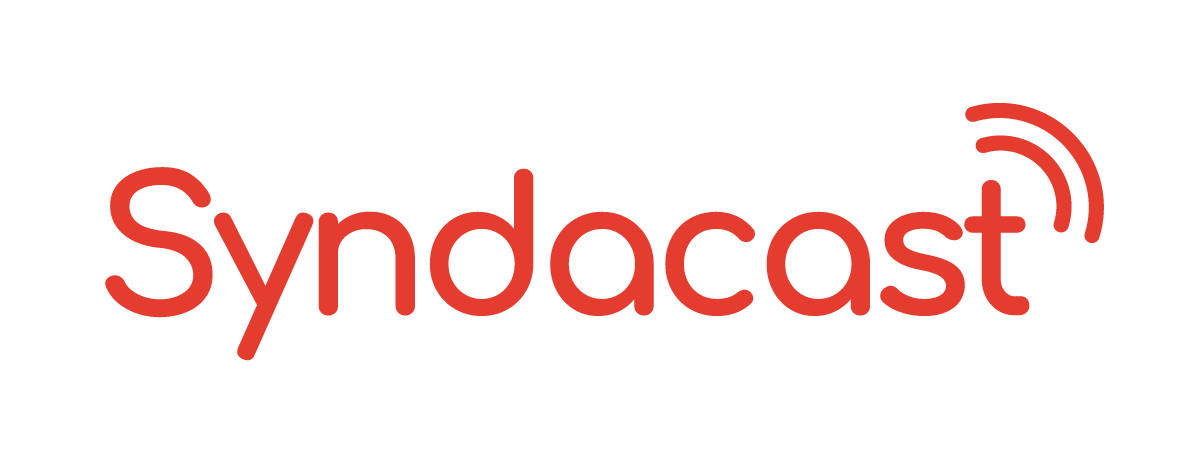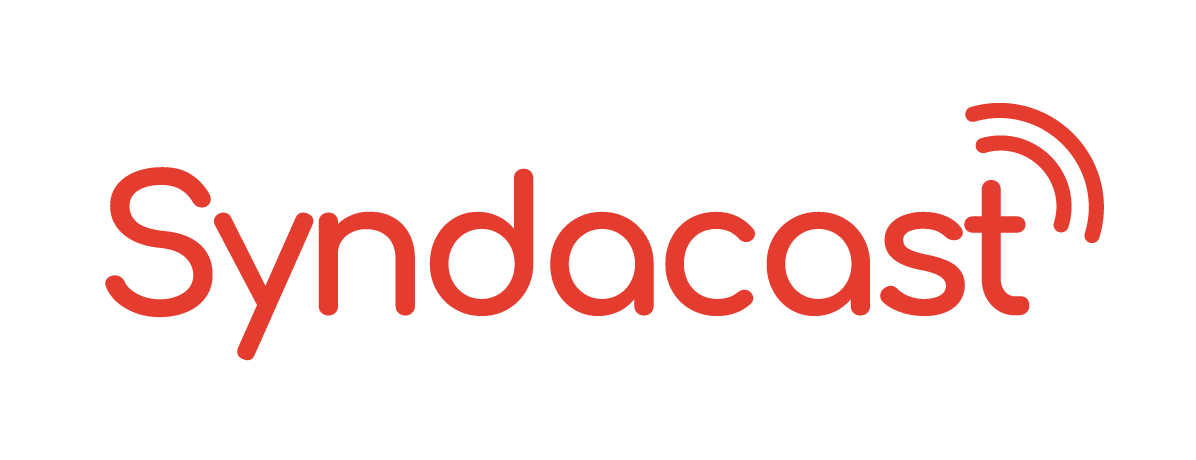
Navigating the Calm: How Hotels Can Win in Southeast Asia’s Softer Travel Market during 2025
Southeast Asia’s travel market is expected to enter a period of recalibration from Q2 – Q3 2025 and the situation might drag until Q4. After two years of booming post-pandemic recovery, travel demand across the region has softened during mid-2025. It’s not that the situation is worse than 2024, but the increment is unclear.
The signs are: slower booking windows, cautious consumer spending, and increased competition among hotels, airlines, and destinations alike.
At Syndacast, we believe this is not a time to retreat for the leading travel brands. Instead, it’s an opportunity for many hotel brands to learn and recalibrate their strategies and emerge stronger when the market rebounds.
Several forces are converging to create a softer travel environment:
- Slowing economic growth in feeder markets like China, Australia, and Japan is impacting outbound travel.
- Elevated airfares, rising hotel rates, and a strong USD have made travel more expensive for many Southeast Asian travelers.
- A wave of new hotel openings in SEA is intensifying competition.
- Guests are now more value-conscious, taking longer to book, and seeking richer experiences for their money.
This is the reality after a period of hypergrowth of 2023 and 2024. It can be tempting to pull back marketing spend during softer periods. But history and data tell a different story. Hotels that maintain or even increase visibility during downturns often:
- Capture greater market share as competitors go soft.
- Strengthen brand equity with top-of-mind awareness.
- Build loyalty with travelers still planning trips, even if more cautiously.
In the digital world, booking demand may soften but search intent doesn’t disappear. Instead, it shifts: from impulsive bookings to longer research cycles. Hotels that show up more consistency will win critical touchpoints.
Digital Strategies Hotels Should Prioritize in Q2–Q3 2025
1. Double Down on First-Party Data
- Build your CRM lists.
- Deploy lead-generation campaigns offering travel guides, discounts, or early-bird offers.
- Use email nurturing to stay top-of-mind.
2. Focus on Mid- and Lower-Funnel Campaigns
- Optimize paid search and metasearch campaigns as well as competitive pricing to capture high-intent users.
- Retarget website visitors more aggressively than usual — decision-making windows are longer, but intent is still there.
3. Protect and Grow Direct Bookings
- Offer Best Rate Guarantees, loyalty perks, and flexible policies on your own channels.
- Invest in performance marketing campaigns that prioritize direct over OTA bookings.
4. Refresh Content and SEO
- Target “off-peak travel” keywords (e.g., “best places to visit in Bali during the rainy season”).
- Create content about local experiences, staycation packages, and multi-day itineraries.
5. Capture Regional and Domestic Travelers
- Customize promotions for short-haul markets like Singapore, Australia, Korea, Japan, and domestic travelers.
- Run localized language campaigns where needed.
6. Experiment and Optimize Constantly
- A softer market is perfect for A/B testing creative, offers, and landing pages.
- Adapt quickly to what resonates.
When the goings get tough, there is a growth opportunity in disguise.
In every economic cycle, winners emerge not because they spent the most, but because they spent smarter, stayed consistent, and adapted faster than others. At Syndacast, we’re working hard to help our hotel partners position themselves to thrive in the next upturn. Smart marketing during the calm is what drives exceptional performance when the winds pick up again. Now is the time to invest, optimize, and capture tomorrow’s guests today.




